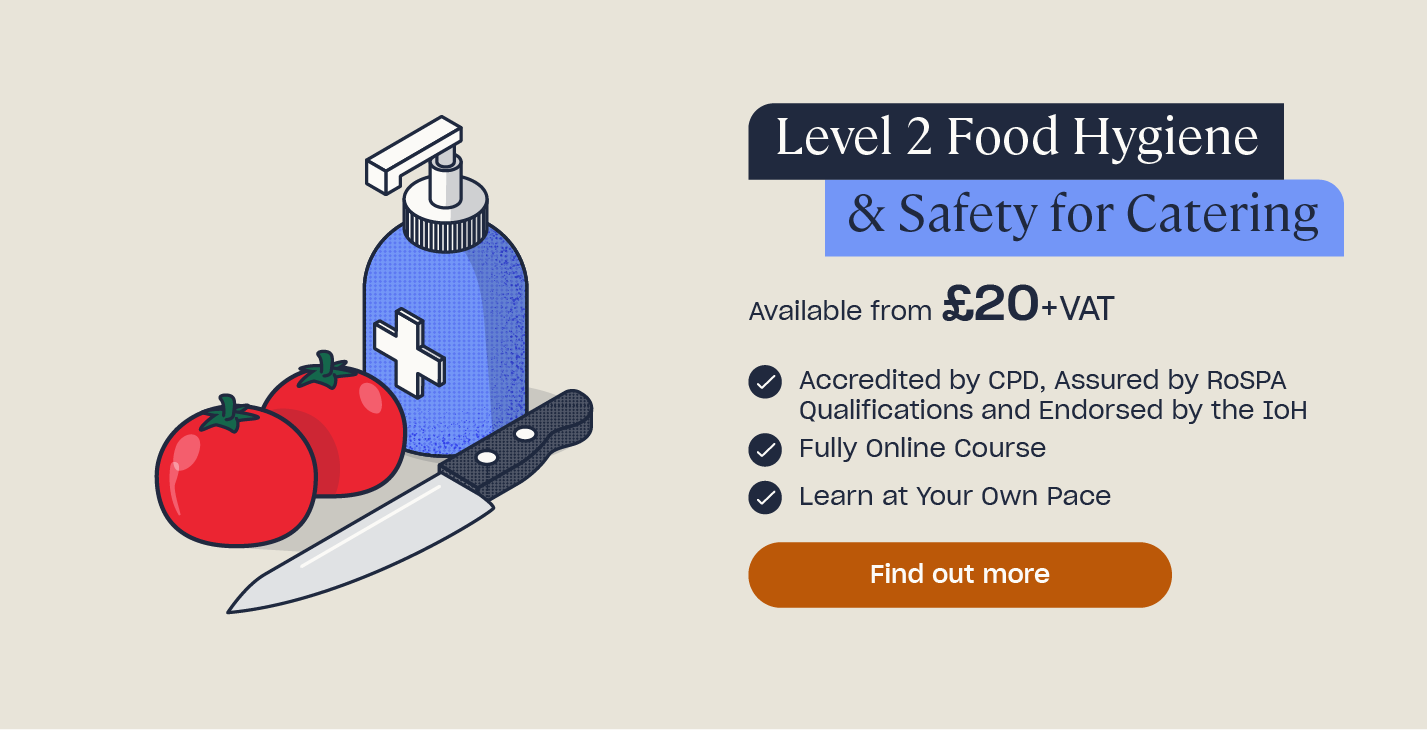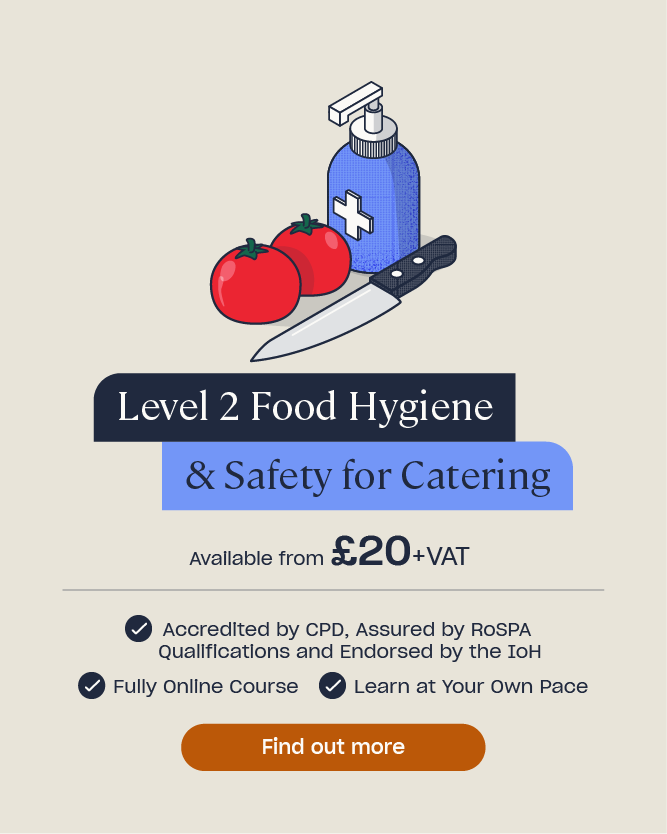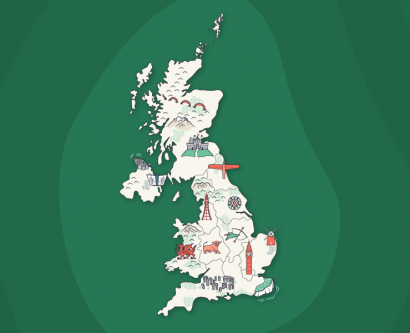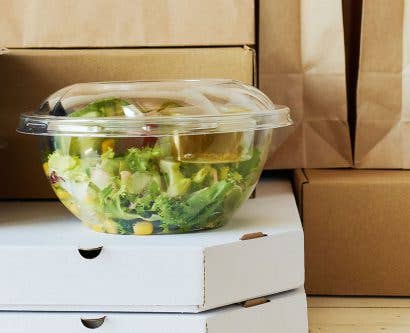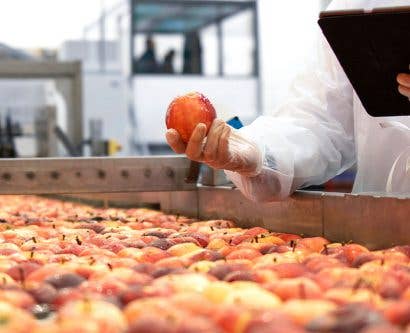Safe Temperatures for Food Storage: A Free Guide to Cooling and Chilling Times
No matter where you plan to keep your food once it has finished cooking, there are methods you should follow in order to prevent foodborne illnesses from arising. Whether you’re a chef, restaurant manager, food manufacturer, or simply an individual who enjoys cooking at home, it’s crucial for you to understand the safe temperatures for food storage.
In this article, we will introduce essential food temperature guidelines and an overview of HACCP principles. We’ll then highlight these principles, explore the role they play in adhering to food safety guidelines, and stress the importance of strictly following and sticking to food guidelines when it comes to cooling, chilling and discarding food.
Food Storage Temperatures
If done correctly, proper food storage helps to preserve the quality and nutritional value of the foods you buy. On top of this, it also prevents spoilage. This is beneficial, of course, for your health, but ensuring proper food storage also allows you to save money by making sure food gets used instead of going off prematurely.
Proper storage of food involves keeping your food at the correct temperature. Cold food must legally be kept at 8 °C or below. This is a legal requirement for businesses in England, Wales and Northern Ireland. Best practice is to keep your fridge below 5 °C, to make sure that food is kept cold enough. You should check regularly that your fridge and any other display units are cold enough.
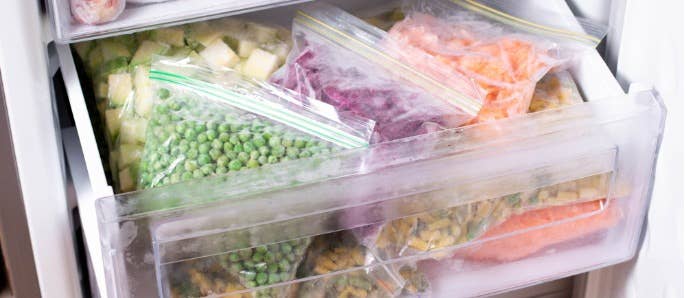
Looking to Learn More?
Our comprehensive Level 2 Food Hygiene and Safety Training course will cover your hygiene requirements, and provide you with all the information you need regarding food safety systems, ensuring you’re confident in your knowledge of how to store food safely.
You must also be aware of the temperature danger zone. It is the term used to describe the temperature range where food is most at risk of developing harmful bacteria. Food in the danger zone is at risk of causing illness to anyone who handles or consumes it – due to foodborne illnesses such as salmonella. Keeping food out of the danger zone will ensure it’s safe to eat by limiting the growth of bacteria.
The Food Standards Agency (FSA) sets the danger zone between 8 °C and 63 °C, and this is the range you want to keep your food out of. This means that food is safest when it is either frozen, chilled below 8 °C, or heated beyond 63 °C. However, for best practice, we recommend food to be heated beyond 70 °C for 2 minutes to further remove bacteria – and to not keep food for long periods of time in the temperature range of 5 °C to 63 °C.
When food is left in the temperature danger zone, bacteria can rapidly multiply. Legislation is in place to guide you to cool foods quickly to avoid bacteria multiplying and to reduce food poisoning incidents. You should cool hot food to the lowest temperature – ideally within a 90-minute period – this is known as the ‘90-minute rule’.
To find out more on the temperature danger zone, check out our article.
How to Identify the Critical Control Points
HACCP (Hazard Analysis and Critical Control Points) is an internationally recognised food safety management system that helps to identify, evaluate and control the hazards that pose a risk to food safety.
A critical control point (CCP), is a stage in the HACCP process where it has been identified that control measures are needed in order to eliminate or reduce a hazard. A critical control point differs from a control point as there are no further steps that can eliminate or reduce the hazard to an acceptable level, thus making it ‘critical’, for example cooking food to 75 °C for a minimum of 30 seconds. If a food safety hazard cannot be eliminated altogether, it must be reduced to a safe and acceptable level. An example of a critical control point is the chilled storage of high risk foods, such as ready to eat meat products, like ham.
In the stage of food preparation, some key CCP’s are:
- Allergen labelling: This goes beyond segregating foods, it requires separate procedures and labelling checks to be put into place to ensure absolutely zero contamination.
- Cooking, reheating and thawing: Again, you should detail specific procedures for each of these. This is especially important where temperatures, checks and equipment are concerned.
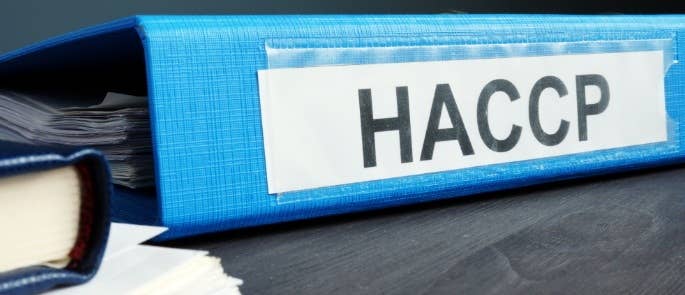
It’s essential for anyone working with food to have a sound understanding of the HACCP principles. If you’re not confident in your knowledge, consider taking a look at our comprehensive course in HACCP Training.
Some further examples of critical control points include:
- Food storage and delivery intake temperatures.
- Pasteurisation.
- Service or display of food times and temperatures.
- The time it takes to cool food outside of the danger zone.
It is important to note that critical limits for cooking can vary depending on the process. For example, in order to cook meat and meat products safely and ensure that food poisoning bacteria such as salmonella have been destroyed, the centre of the meat should reach at least 75 °C for 30 seconds. However there are lower temperature critical limits which may be applied. Though these require the food item being held at a lower temperature for a longer time.
How to Cool Food Quickly
It’s important to cool hot food before you refrigerate or freeze it because putting foods that are still hot or warm in storage with cooled or frozen foods can bring the storage temperature up. If surrounding frozen items partially thaw and refreeze, this can be dangerous and allow for bacteria to grow and contaminate the food. Furthermore, if the food partially thaws and refreezes, this can affect the taste and texture of the food. The concept is similar with refrigerated foods, as the hot or warm food raises the surrounding temperature, and thus the food stored there, leadig to potential bacteria contamination.
There are a number of ways you can speed up the process of cooling food if you do not have time to do so slowly. Examples of how to do so safely are as follows:
- Cover pans of hot food and move to a colder area (e.g. store room or larder).
- Stand them in cold water.
- Add ice to the water you stand the food in.
- Stir regularly while it is chilling.
- Divide food into smaller portions.
- With larger food items such as joints of meat, cut them in half or break them down.
- Spread foods such as pasta or rice flat out on a tray.
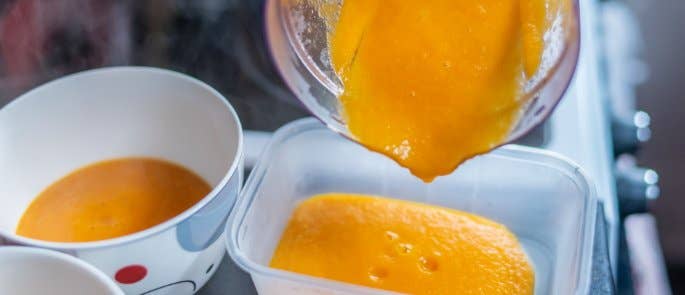
Freezing food is very beneficial. It allows us to reduce food waste, prepare meals in advance and prolong the life of food. To learn more, check out our article here. If you follow the rules and guidelines in chilling and freezing your food, you will allow food to last longer and reduce food waste and save money.
Storing Food Safely
When cooling and chilling food, it is essential that you stick to the food temperature guidelines. In doing so you can ensure that the food you have stored is safe to eat.
Cooling Times
You must cool hot food to the lowest temperature possible within a 90 minute period – the 90 minute rule. It is important to cool food efficiently as we know when it is left in the temperature danger zone, bacteria can rapidly multiply. You should aim to cool foods to below 8 °C before placing them in the fridge. Putting foods that are still warm in the freezer or fridge can raise the temperature of it, and thus the surrounding foods, potentially allowing for harmful bacteria to multiply.
Chilling Times
Chilling food properly is important as it helps stop harmful bacteria from growing and contaminating the food you eat. You should store any food with a ‘use by’ date, along with cooked dishes, salads and dairy products, in your fridge. During food preparation you should keep chilled food out of the fridge for the shortest time possible.
When cooling cooked food, you should try to do so quickly at room temperature and place in the fridge within 90 minutes. If you do not have this time, look at the points above on how to cool food quickly. You must check that your fridge is cold enough – it should be 5 °C or below. Be careful to not overfill your fridge, either, as you must allow space for air to circulate and maintain the set temperature accurately.
When serving or displaying chilled food, the maximum amount of time you can hold it at temperatures higher than 8 °C is 4 hours.
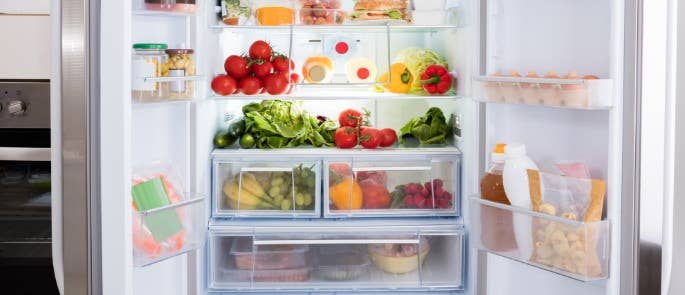
When to Discard Food
Of course, ideally, you want to throw away as little food as possible – leftover cooked food can be kept for three days in the fridge. You must be sure to eat the food within that time – the sooner the better, in fact, as the longer it is left, the risk of food poisoning increases. If you don’t think you’ll be able to eat the leftovers within the three days, you should freeze them as soon as they have cooled after the initial cooking time. You should dispose of any spoiled food as soon as the time passes for it being safe to eat.
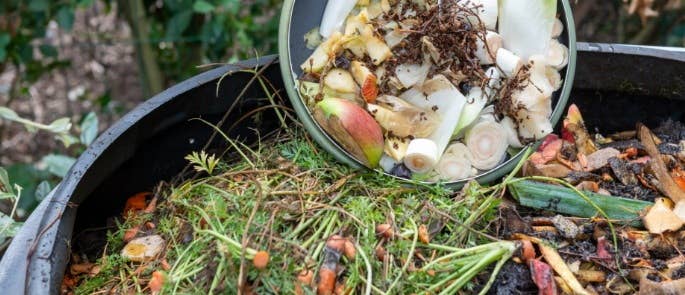
There are two key ways you can dispose of spoiled food. Firstly, all food waste except liquids and fats can be recycled by your council (or at your workplace, by the waste contractor). Secondly, a lot of food can be composted at home. This is a free and easy way to sustainably throw away any leftovers or scraps that do not get used. The following are examples of things you can compost:
- Fruit and vegetable scraps.
- Stale or mouldy bread, crackers and cereal.
- The liquid from canned fruit and vegetables.
- Old herbs and spices.
- Tea and coffee grounds.
However, it should be noted that you should not put food waste into your general waste bin or down the drain. Food waste that ends up in landfill does not simply rot away – it creates the greenhouse gas, methane. Furthermore, disposing of food waste down the sink is a no-go as it can easily cause blockages.
We hope you found this article helpful, and hope that you can take this information and put it to practice to ensure the safe cooling and chilling of your food. For any more information feel free to get in touch. High Speed Training offers a wide variety of courses and resources that can help.
Further Resources:
- Level 2 Food Hygiene
- Level 2 HACCP Training
- What is the Temperature Danger Zone?
- Temperature Log Sheets for Kitchens
- Can I Freeze This and For How Long?
- Health and Safety in the Kitchen Quiz
- Do You Know Which Fridge Shelves You Should Store Your Food On?
- Guidance on Storing Leftovers and Partly Opened Foods
- HACCP Quiz


